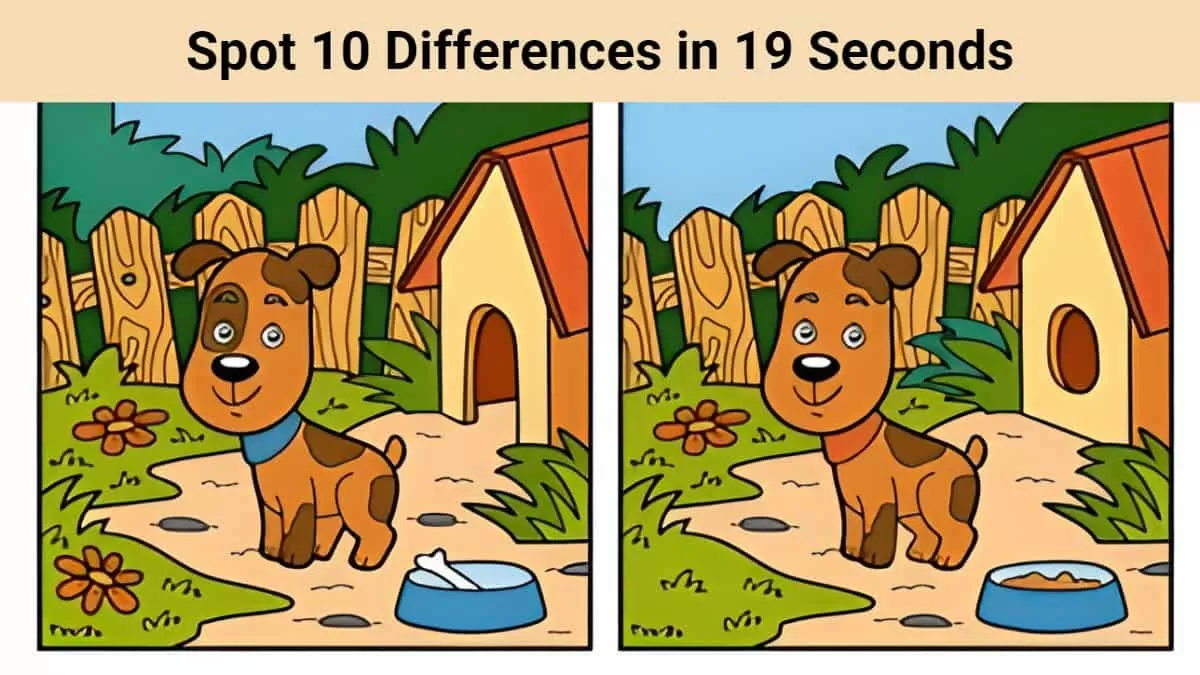
How to Spot Hidden Dealership Fees and Protect Your Wallet
Buying a car is a significant financial decision, and it’s crucial to approach the process with caution and awareness. Dealerships are businesses, and while most are reputable, some may try to sneak in hidden fees to boost their profits. These fees can significantly inflate the final price of your vehicle, leaving you with a less favorable deal than you initially thought.
This comprehensive guide will equip you with the knowledge and strategies to identify and avoid hidden dealership fees, ensuring you get the best possible deal on your new car.
Understanding the Landscape: Common Types of Dealership Fees
Before diving into how to spot hidden fees, it’s essential to understand the types of fees dealerships commonly charge. Some are legitimate and necessary, while others are often inflated or completely unnecessary. Here’s a breakdown of some of the most common:
-
Destination Fee: This fee covers the cost of transporting the vehicle from the manufacturer to the dealership. It’s generally a non-negotiable fee and should be the same across all dealerships for the same make and model.
-
Documentation Fee (Doc Fee): This fee covers the dealership’s costs for preparing and filing the paperwork associated with the sale, such as the title, registration, and sales tax forms. Doc fees vary by state and dealership and can sometimes be negotiable.
-
Sales Tax: This is a state-mandated tax on the purchase of a vehicle. The percentage varies depending on your state and sometimes even your local jurisdiction.
-
Title and Registration Fee: This fee covers the cost of transferring the vehicle’s title to your name and registering it with the state. The amount is usually set by the state and is non-negotiable.
-
Vehicle Preparation Fee: This fee is supposed to cover the cost of preparing the vehicle for sale, such as washing, detailing, and inspecting it. However, this fee is often inflated and can be a hidden profit center for the dealership.
-
Advertising Fee: This fee is intended to cover the dealership’s advertising costs. However, it’s often passed on to the buyer as a hidden fee and can be negotiated.
-
Market Adjustment Fee (or Demand Fee): This fee is added to the price of a vehicle that is in high demand or short supply. It’s essentially a premium that the dealership charges because they know they can get away with it. This fee is often negotiable, especially if you’re willing to shop around.
-
VIN Etching Fee: This fee covers the cost of etching the vehicle identification number (VIN) onto the windows. The dealership claims it is for security purposes.
-
Extended Warranty: This is a service contract that covers certain repairs beyond the manufacturer’s warranty. Extended warranties can be valuable, but they are often overpriced at the dealership.
-
GAP Insurance: Guaranteed Asset Protection (GAP) insurance covers the difference between the vehicle’s value and the amount you owe on your loan if the car is totaled or stolen. Like extended warranties, GAP insurance is often overpriced at the dealership.
-
LoJack or Other Security Systems: Some dealerships install security systems like LoJack on their vehicles and charge you for it, even if you didn’t ask for it.
Red Flags: Identifying Hidden Fees
Now that you’re familiar with the types of fees, let’s discuss the red flags that can indicate the presence of hidden fees:
-
Vague or Unexplained Charges: Be wary of any fees listed on the sales agreement that are not clearly explained or seem ambiguous. Ask the salesperson to provide a detailed breakdown of each fee and what it covers.
-
Fees Not Mentioned Upfront: If the salesperson doesn’t disclose all the fees until you’re about to sign the paperwork, it’s a red flag. A reputable dealership will be transparent about all costs from the beginning.
-
Pressure to Add Extras: Be cautious of aggressive sales tactics aimed at pushing you to add unnecessary extras like extended warranties, GAP insurance, or security systems.
-
"We Can’t Remove That Fee": Don’t accept this statement without questioning it. Many fees are negotiable, and the dealership may be trying to trick you into paying for something you don’t need.
-
The "Four-Square" Technique: Some dealerships use a tactic called the "four-square" to confuse buyers. They break down the price into monthly payments, trade-in value, down payment, and interest rate, making it difficult to see the actual total cost.
-
Changes to the Agreed-Upon Price: If the price suddenly increases when you’re about to sign the paperwork, it’s a sign that the dealership is trying to sneak in hidden fees.
Strategies for Avoiding Hidden Fees
Here are some strategies you can use to protect yourself from hidden fees and get the best possible deal:
-
Do Your Research: Before you even set foot in a dealership, research the make and model of the car you want, as well as its MSRP (Manufacturer’s Suggested Retail Price). This will give you a baseline for negotiating.
-
Get Pre-Approved for a Loan: Getting pre-approved for a car loan from your bank or credit union gives you more bargaining power. You’ll know your interest rate and monthly payment upfront, and you can use that as leverage when negotiating with the dealership.
-
Shop Around and Compare Prices: Don’t settle for the first offer you get. Visit multiple dealerships and compare prices, including all fees and taxes. This will give you a better sense of what a fair price is.
-
Negotiate the Out-the-Door Price: Focus on negotiating the "out-the-door" price, which is the total price you’ll pay for the car, including all fees, taxes, and other charges. This will help you avoid surprises later on.
-
Read the Sales Agreement Carefully: Before you sign anything, read the sales agreement carefully and make sure you understand all the fees and charges. If you see anything that you don’t understand or that seems suspicious, ask the salesperson to explain it.
-
Don’t Be Afraid to Walk Away: If you’re not comfortable with the deal or you feel like the dealership is trying to take advantage of you, don’t be afraid to walk away. There are plenty of other dealerships out there, and you can always find a better deal.
-
Ask for a Detailed Itemized List: Request a written breakdown of all fees and charges. This will help you identify any unnecessary or inflated fees.
-
Question Everything: Don’t be afraid to ask questions about any fee or charge that you don’t understand. The salesperson should be able to explain everything clearly and concisely.
-
Be Prepared to Negotiate: Many fees are negotiable, so don’t be afraid to haggle. Be polite but firm, and be prepared to walk away if the dealership isn’t willing to work with you.
-
Consider Paying in Cash: If possible, consider paying for the car in cash. This will give you more bargaining power and can help you avoid unnecessary fees.
-
Bring a Friend or Family Member: Having a second set of eyes and ears can be helpful when negotiating with a dealership. A friend or family member can help you spot red flags and stay focused on your goals.
Conclusion: Empowerment Through Knowledge
By understanding the types of fees dealerships charge, recognizing the red flags, and implementing the strategies outlined above, you can empower yourself to avoid hidden fees and get the best possible deal on your new car. Remember to do your research, shop around, negotiate aggressively, and never be afraid to walk away. With knowledge and preparation, you can confidently navigate the car-buying process and drive away with a vehicle you love at a price you can afford. Good luck!
